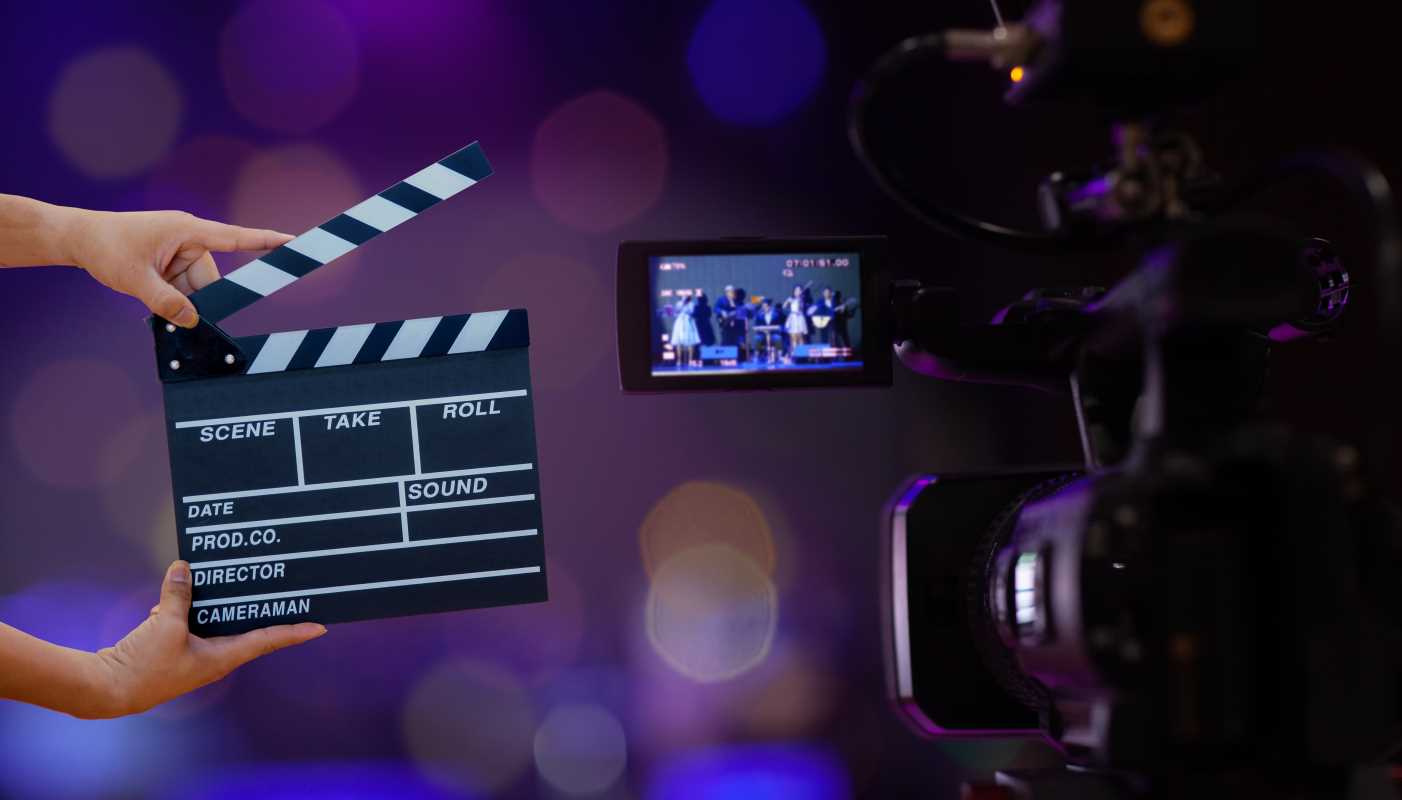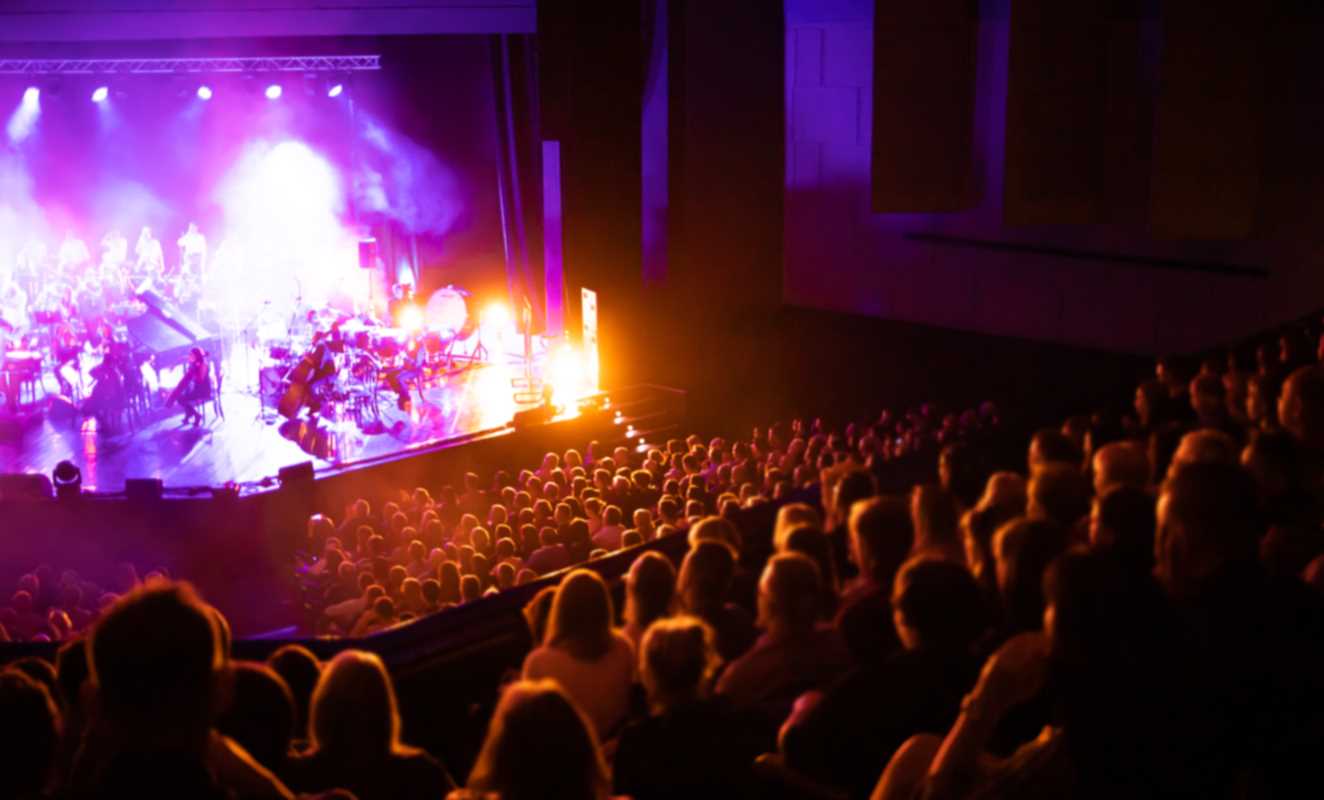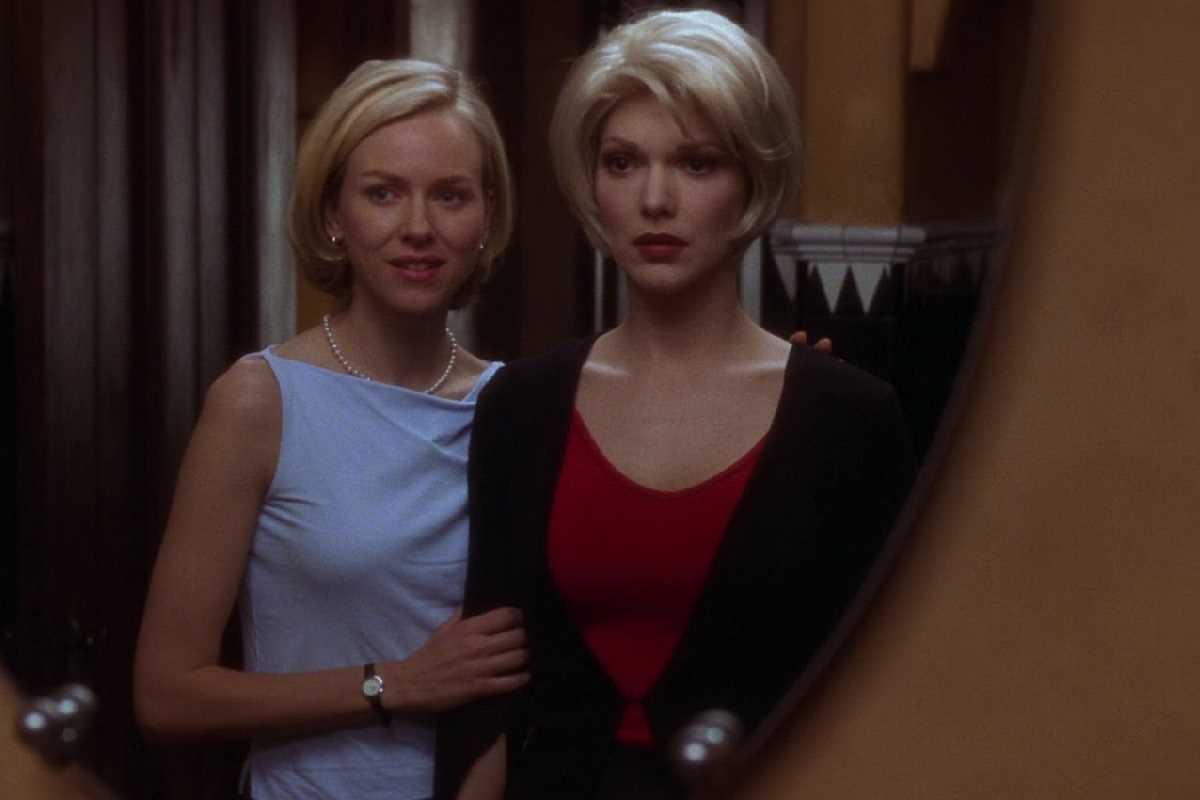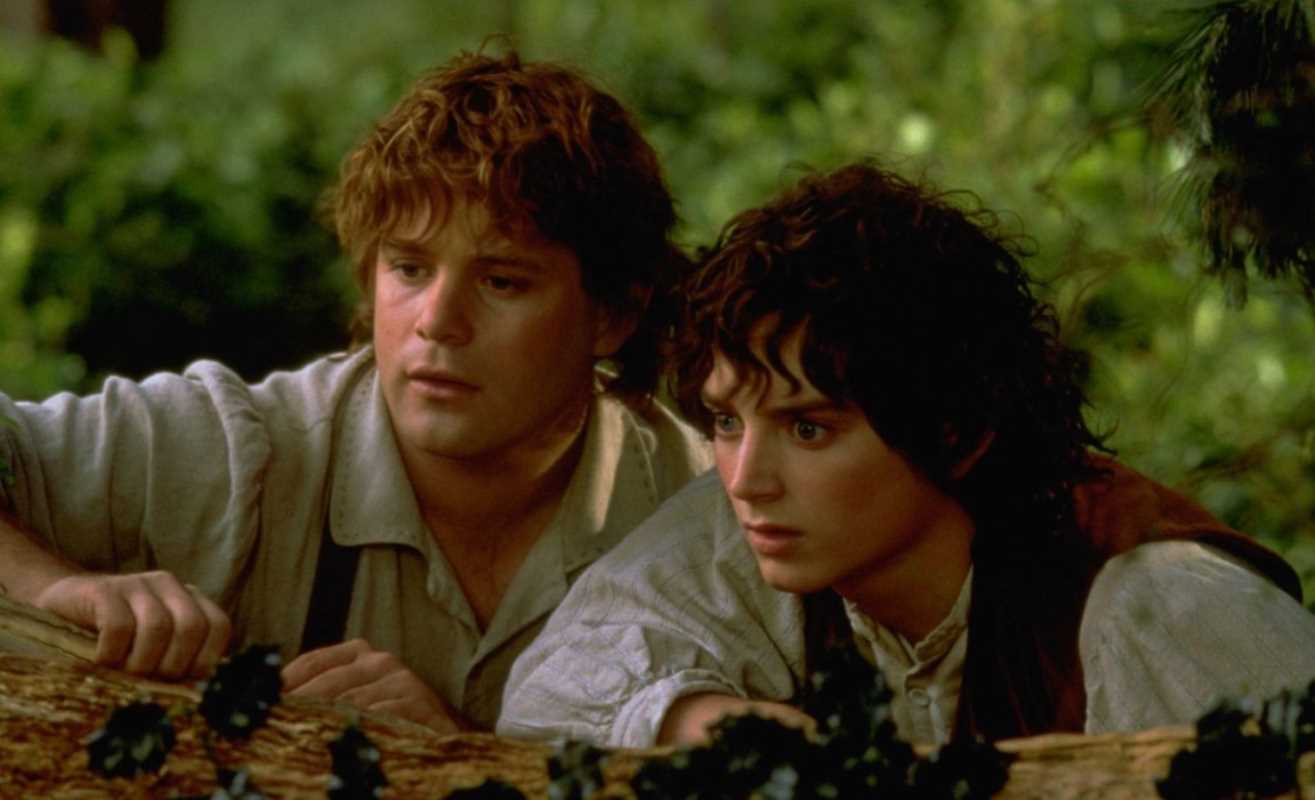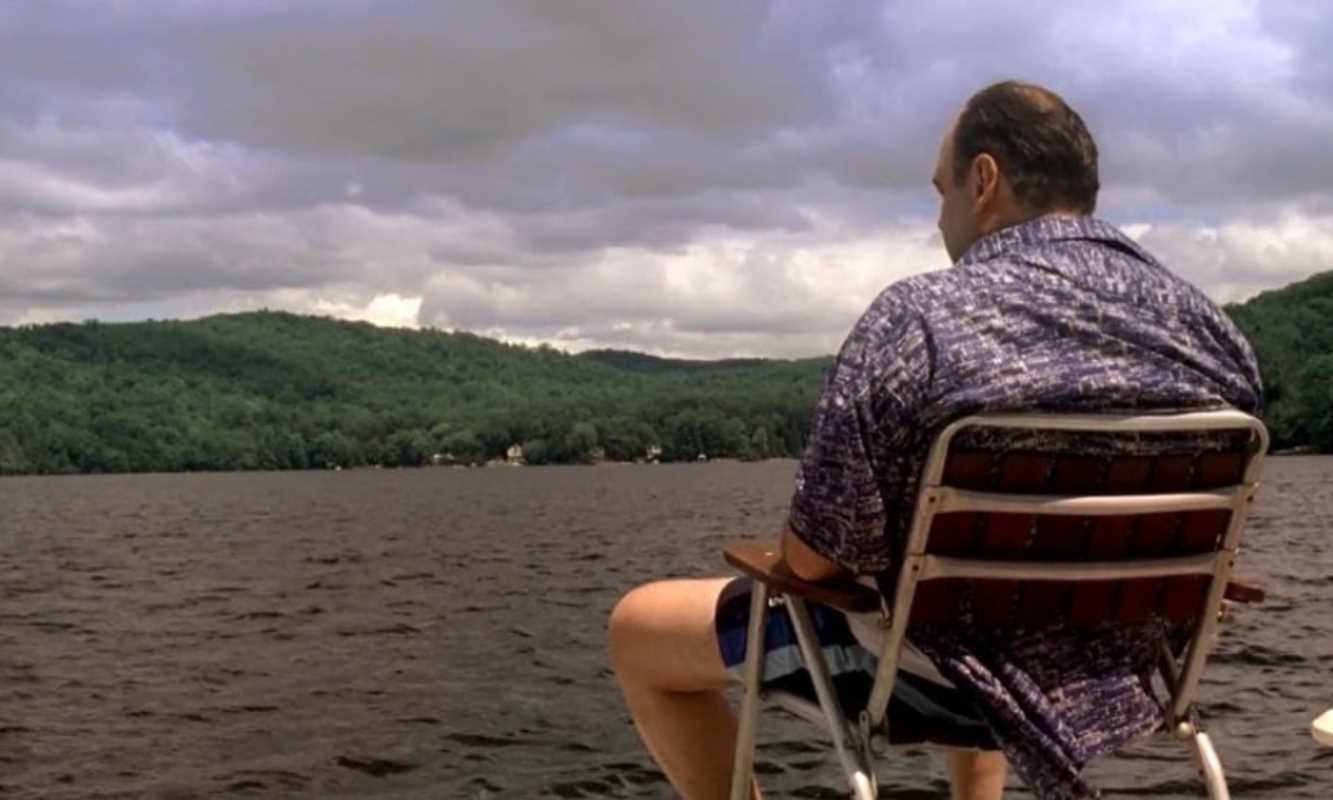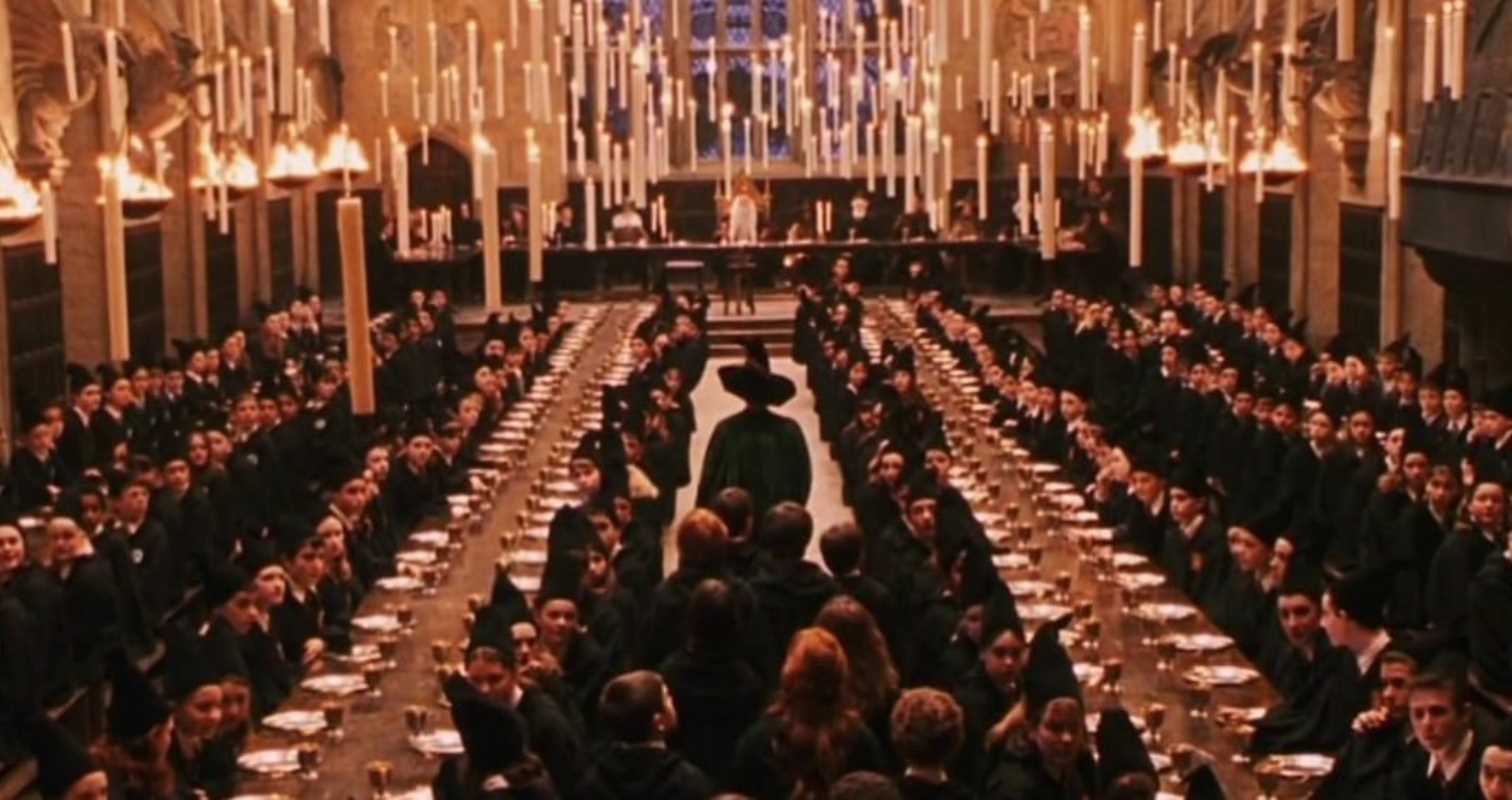For many, reel-to-reel film evokes a sense of nostalgia, conjuring visions of analog cameras, flickering projections, and the tactile beauty of holding a strip of film in your hands. Despite an industry now dominated by digital technology, reel-to-reel filmmaking is experiencing a revival in the world of indie cinema. This resurgence isn’t merely a longing for the past; instead, it stems from a deliberate artistic choice, a rebellion against the uniformity of the digital age. Indie filmmakers are rekindling this timeless art form to tell stories steeped in texture, warmth, and authenticity.
Why Is Reel-to-Reel Film Coming Back?
1. The Emotional Connection to Analog
There’s a distinct charm to reel-to-reel film. The grain, the natural colors, the imperfections—all of these aspects add emotional weight to a story. Many indie filmmakers are choosing this medium because of the way it can evoke nostalgia and deepen audience connection. Digital film, though flawless and efficient, often lacks the organic feel that reel-to-reel can provide.
Filmmaker Quentin Tarantino, who is famous for his love of film stock, has described shooting on film as “capturing magic.” Directors like Greta Gerwig used reel-to-reel film for “Lady Bird,” not only to visually transport viewers to the late 1990s but to emotionally root them in the era. For indie creators, this emotional resonance is crucial in crafting intimate, immersive stories.
2. Standing Out in a Digital World
Indie filmmakers often have to work hard to differentiate their projects in a saturated market. With digital tools being more accessible than ever, film stock has become a bold way to stand out. Shooting on reel-to-reel immediately signals a thoughtfulness in the creative process and dedication to craftsmanship.
Part of the appeal is that traditional film imposes creative limitations; every frame shot matters. Where countless digital takes are easy (and cheap) to delete, film demands intentionality and precision. For indie creators looking to create something truly distinct, reel-to-reel provides a creative challenge that pays off in artistic originality.
3. A Response to Digital Fatigue
Over the past decade, the rise of streaming platforms and high-end digital production has resulted in astonishingly polished visuals. While this is undoubtedly an achievement, it has brought with it a certain uniformity. Audiences are craving something raw, something different. Reel-to-reel film, with its analog imperfections, provides an antidote to this digital fatigue.
Movies like the Safdie Brothers’ “Good Time” and David Lowery’s “The Green Knight” have used film stock to deliver visuals that feel gritty, intimate, and personal. This visual divergence helps independent cinema carve out a unique visual identity that resonates with viewers seeking authenticity.
The Challenges of Shooting with Reel-to-Reel Film
While reel-to-reel film has undeniable artistic appeal, it comes with its own set of hurdles. For indie filmmakers, balancing passion with practicality can be tricky when working with a medium that’s less forgiving than digital.
1. Cost and Accessibility
Shooting on film is not a cheap endeavor. Film stock, processing, and specialized camera equipment can quickly add up, often far surpassing the cost of shooting digitally. For indie filmmakers working on tight budgets, this can be a significant barrier. However, the industry is starting to respond to the demand. Companies like Kodak have reintroduced film stock, and rental houses are now offering affordable analog gear, making it more feasible for small productions to experiment with reel-to-reel.
2. Workflow Complexity
Filmmakers accustomed to point-and-shoot digital workflows often face a steep learning curve. With film, there’s no instant playback, color correcting demands precision, and editing requires a tactile editing process. For indie creators, this can be daunting, but many find the creative rewards outweigh the logistical difficulties.
3. Limited Resources
The infrastructure for reel-to-reel is not as robust today as it once was. Processing labs, technical support, and expertise are harder to come by. However, this has also fostered a sense of community among analog enthusiasts. Platforms like Analog Film Society and workshops by artists like Sandra Restrepo have emerged to support new filmmakers eager to learn this medium.
Indie Filmmakers at the Forefront
Several indie directors are leading the charge to revive reel-to-reel filmmaking. Take, for instance, Sean Baker, who made waves with “The Florida Project.” Though shot on digital, Baker openly champions analog formats, even incorporating film into sequences to contrast tone and character perspectives. Similarly, director Christopher Nolan’s insistence on physical film stock for classics like “Dunkirk” inspires indie creators to explore this medium for its artistic depth.
On the grassroots level, student filmmakers and indie festivals are championing film's return. At the 2022 Sundance Film Festival, numerous short films shot on reel-to-reel captured attention for their striking visuals and storytelling style. From psychological thrillers to intimate dramas, this medium seems to be making a place for itself in the heart of storytelling.
The Rewards of Reel-to-Reel
Despite the challenges, the rewards of working with reel-to-reel film are profound. Indie filmmakers often speak about a renewed connection to the craft when working within the constraints of film. Every shot becomes deliberate, every frame an extension of the story they want to tell.
The final product is worth it. The luminous quality, the rich depth, and that ineffable warmth that only analog film delivers captivate viewers in ways digital often cannot. For storytellers seeking to evoke real emotion, reel-to-reel is a powerful amplifier.
